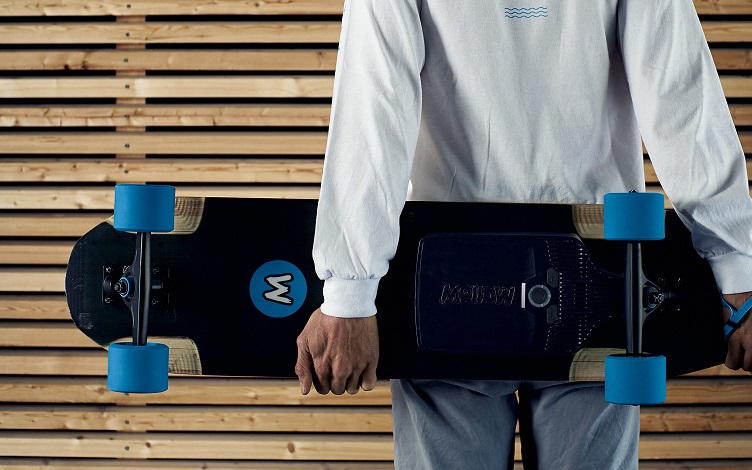
As electric boards are becoming more popular, you’ll find various different types online and in skate shops. And while the differences between different boards are trivial, each and every electric skateboard is designed for a different purpose. That being said, understanding the differences between different boards will help you pick the right one for your needs. Once you got the most suitable board for you, you should consider some add-ons, like safety gear, remote controls, etc.
Types of Electric Boards
Electric Longboards
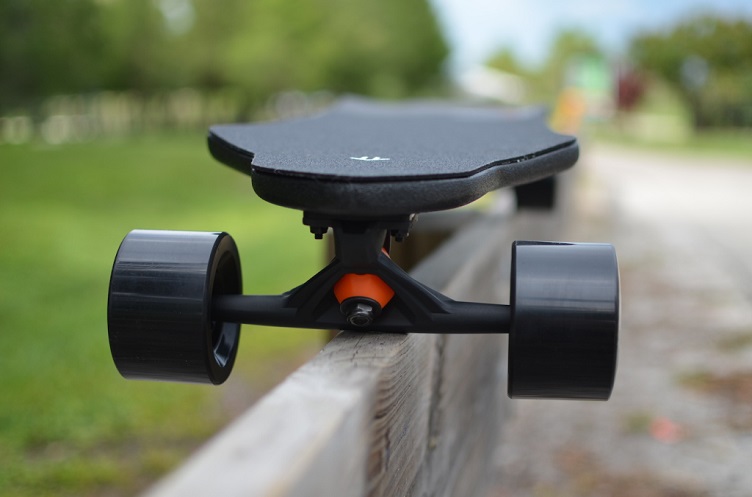
Did you know that non-motorised longboards are the original skateboard? They were made to specifically simulate the feeling of surfing. These boards are beginners for skaters, due to the fact that they feature a larger deck and softer wheels for a smoother ride and more stability. The same features make electric models ideal for beginners as well. They’re easy to use, comfortable and feature a design that’s optimised for cruising. Exway boards are some of the best ones on the market today. Besides Exway boards, ONEWheel, Evolve and Boosted Boards are also a favourite among youngsters. Having softer wheels is also helpful if your surrounding area has a lot of bumps and cracks on the asphalt. One thing to pay attention to when shopping for longboards is the flexibility of the deck. Electric boards don’t require as much flexibility as conventional longboards, as too much flexing can damage the battery.
Electric Shortboards
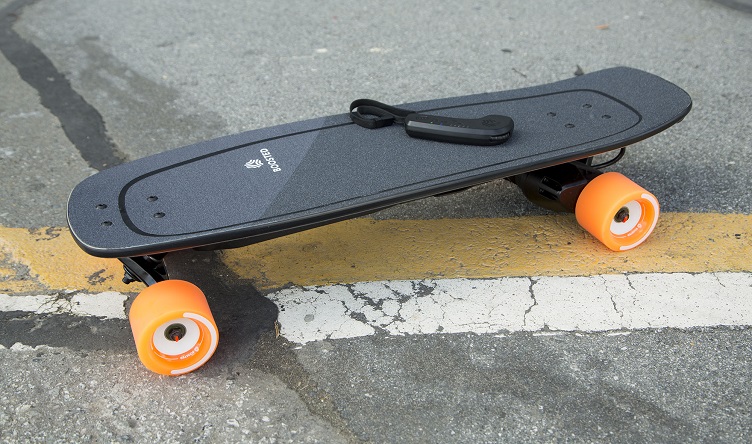
Shortboards is what pops into people’s mind when they think of a skateboard. They’re shorter, making them more rigid. The wheels are also harder, shorter and closer together. They usually feature decks that curve upward at both ends, making it easier to pull off tricks. However, you won’t be performing any tricks on an electric board, so the curves are just for decorative purposes. So you may wonder, why a shorter deck if you can’t perform tricks anyway? Well, there a couple of benefits, such as being more compact and easier to carry. For instance, a Boosted Boards longboard weighs about 8kg, whereas their shortboard weighs close to 7kg. While this might not seem like big of a difference, it can be a deal-breaker if you have to carry it around throughout the day. Additionally, the longboard model is larger in size, which makes it harder to store and transport. As a result, shortboards are also cheaper, but they’re more difficult to use, especially if you’re a beginner.
Penny Boards
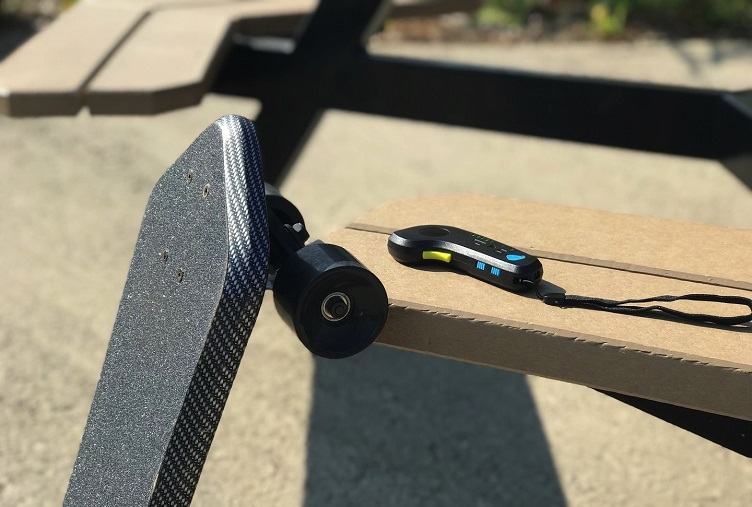
These boards get their name from the company manufacturing them. They’re small, made out of plastic, making them extremely portable and fun to ride. They almost always feature a hub motor, making them easier to use and quieter. When most people think of plastic board, they don’t picture something that’s durable, but penny boards are built to be tough. Similarly to shortboards, the biggest selling point of these boards is their portability and affordable price. But one of their biggest selling points is also their largest disadvantage – the size. The small deck won’t give you too much room for foot placement, and even though an electric board doesn’t require too much maneuvering, it’s still something to be considered.
Types of Motors
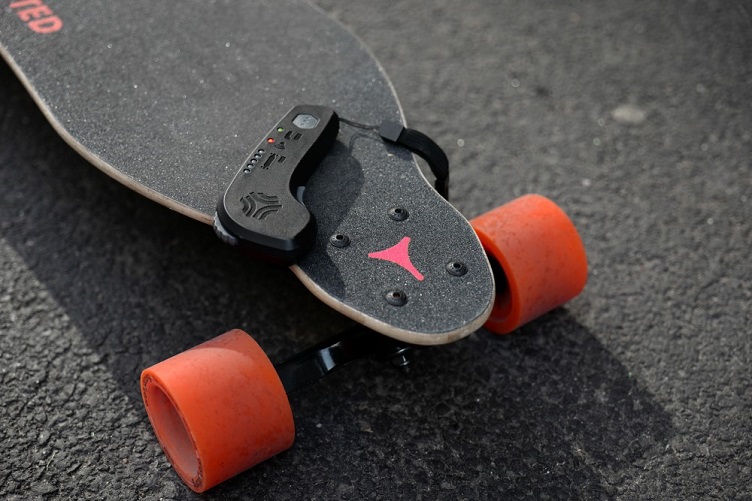
There are two types of motors you’ll find on electric boards – belt and hub drives. The main difference between them is the amount of torque they can generate and how they accelerate. Belt drive motors use a simple pulley system. There’s a small gear on the motor, and a larger gear on the wheel that is connected by a belt. The motor turns the small gear, which then pulls the belt, which turns the wheel. Hub drive motors, on the other hand, have their motor attached directly to the wheel. This often means that the motor is embedded in the wheel, although there are some manufacturers that use metal gears in direct contact with one another to connect the wheels and the motor.
Belt drive motors make it difficult to move the board by foot if the batteries die, whereas hub drive motors allow you to use the board as a conventional board. Belt drive motors also feature more moving parts, meaning there are more things that can go wrong. However, hub drive motors are more difficult to repair if they break down. Belt drives provide more torque and better acceleration, making them better for climbing hills. Hub drives are more prone to overheating, making them less durable, but are lighter and quiet-running. Belt drives are considered more reliable, as they’ve been around for longer. They’re also more powerful, appealing to more people.
If you get two boards of the same size that use the same battery, but a different type of motor, you’ll notice that the one with the hub drive will last longer. And while hub drive motors don’t accelerate as quickly as their belt drive counterparts, they can still reach the same top speeds.



